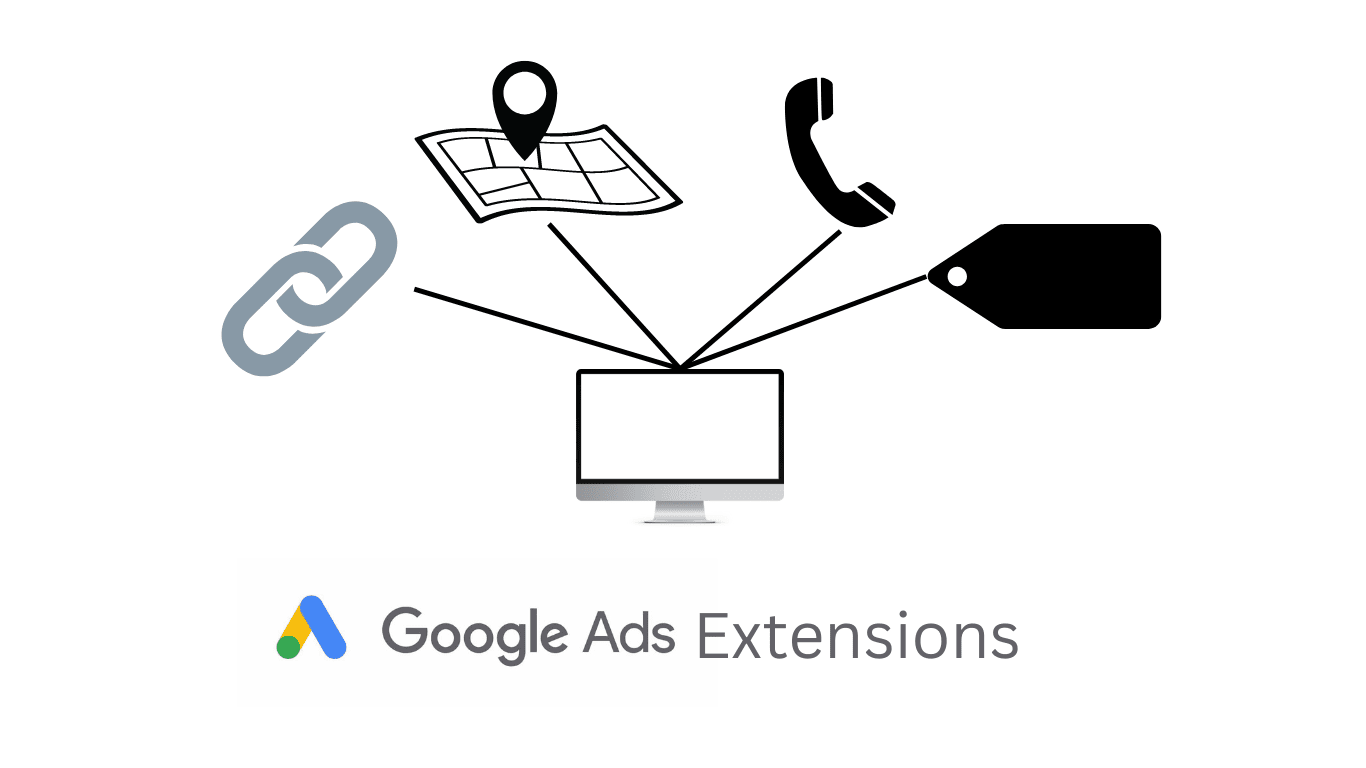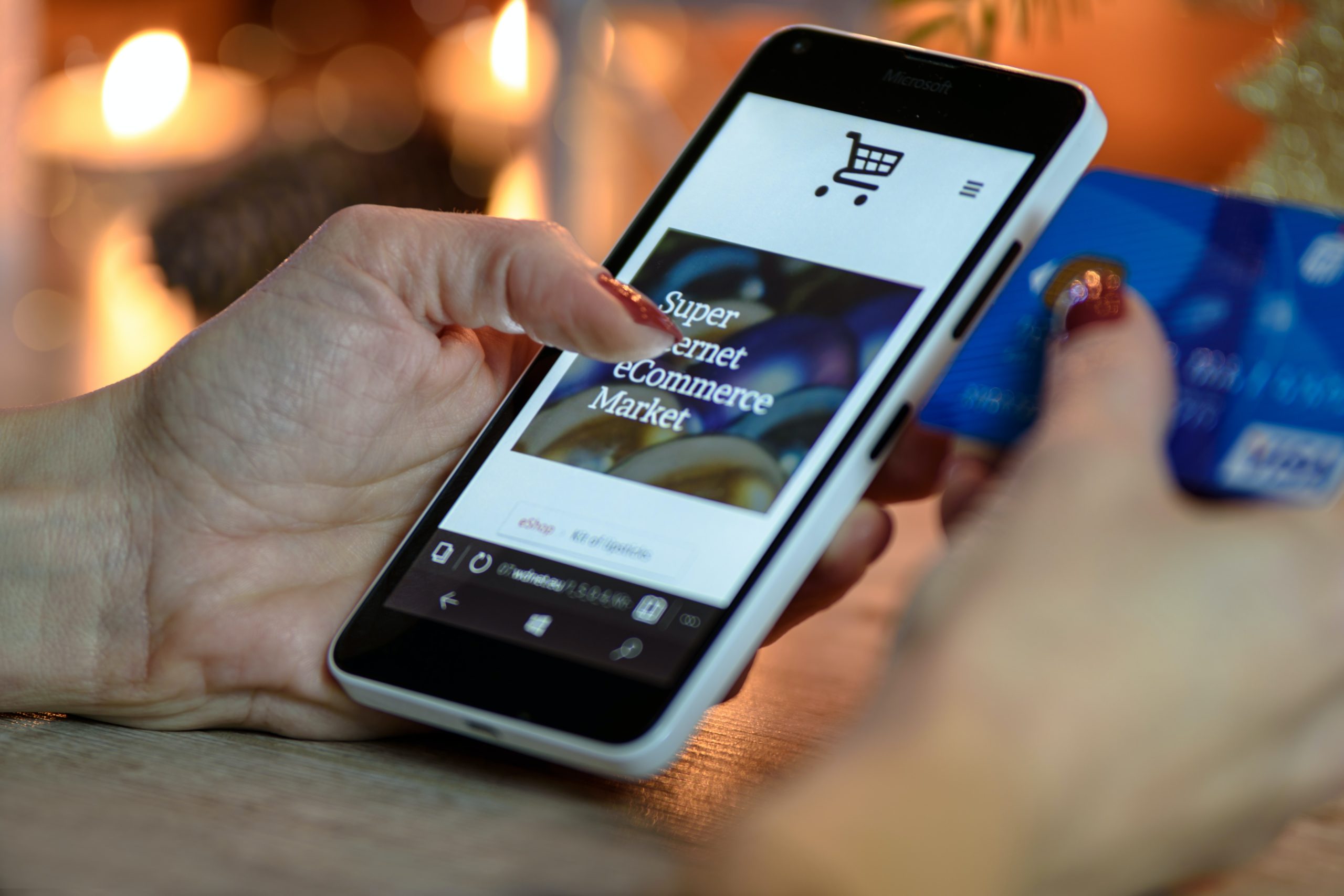As an agency, one of the most important aspects of our work is the ability to effectively communicate the value of our services to potential clients. This is where the concept of an offer comes in. An offer is essentially a proposal that outlines the specific services and benefits that a business is offering to a client, along with the associated costs.
One expert on the subject of creating effective offers is Alex Hormozi, the founder of Gym Launch and Aquisition.com. Hormozi’s offer structure is based on the idea that the most successful offers are those that clearly communicate the value that a business can provide to a client, while also addressing any potential objections or concerns that the client may have.
There are several key components to Hormozi’s offer structure, including:
- The headline: This is the first thing that a client will see, so it’s important to make it attention-grabbing and compelling.
- The intro: This is where you introduce the offer and set the stage for what the client can expect.
- The benefits: This is where you clearly outline the specific benefits that the client will receive from your services.
- The offer: This is where you present the specific terms of the offer, including the cost and any terms or conditions.
- The close: This is where you encourage the client to take action and accept the offer.
When a client is considering whether or not to accept an offer, they will likely weigh the potential value of the offer against the time, effort, and sacrifice that will be required to achieve it. This is where the formula “(dream outcome x perceived likelihood of achievement)/(time delay x effort and sacrifice) = value” can be helpful in evaluating the overall value of the offer.
The dream outcome refers to the ultimate goal that the client hopes to achieve through the services being offered. This could be increased sales, improved efficiency, or any other desired result. The perceived likelihood of achievement is the client’s estimation of the chances that the dream outcome will actually be achieved.
The time delay refers to the length of time that it will take for the dream outcome to be achieved, while effort and sacrifice refer to the resources (such as money, time, and energy) that the client will need to invest in order to achieve the desired result.
In order to maximize the value of the offer, it is important for the top part of the equation (dream outcome x perceived likelihood of achievement) to be as high as possible. This means that the dream outcome should be significant and the perceived likelihood of achieving it should be high. At the same time, the bottom part of the equation (time delay x effort and sacrifice) should be as low as possible. This means that the time it takes to achieve the dream outcome should be minimized, and the resources required to do so should be kept to a minimum.
By following Hormozi’s offer structure and using the formula “(dream outcome x perceived likelihood of achievement)/(time delay x effort and sacrifice) = value” to evaluate the value of the offer, businesses can create offers that are clear, concise, and compelling, and that effectively communicate the value that they can provide to a client. This is especially important in a competitive marketplace, where clients have many options to choose from. By presenting a well-crafted offer that demonstrates a clear understanding of the client’s needs and goals, businesses can differentiate themselves and stand out from the competition.
Ultimately, the key to creating successful offers is to clearly communicate the value that your business can provide to a client, while also addressing any potential objections or concerns that the client may have. By following Hormozi’s offer structure and using the formula “(dream outcome x perceived likelihood of achievement)/(time delay x effort and sacrifice) = value”, businesses can create offers that are highly compelling and valuable to potential clients, increasing the chances of the offer being accepted and leading to a successful partnership.


